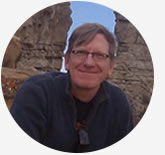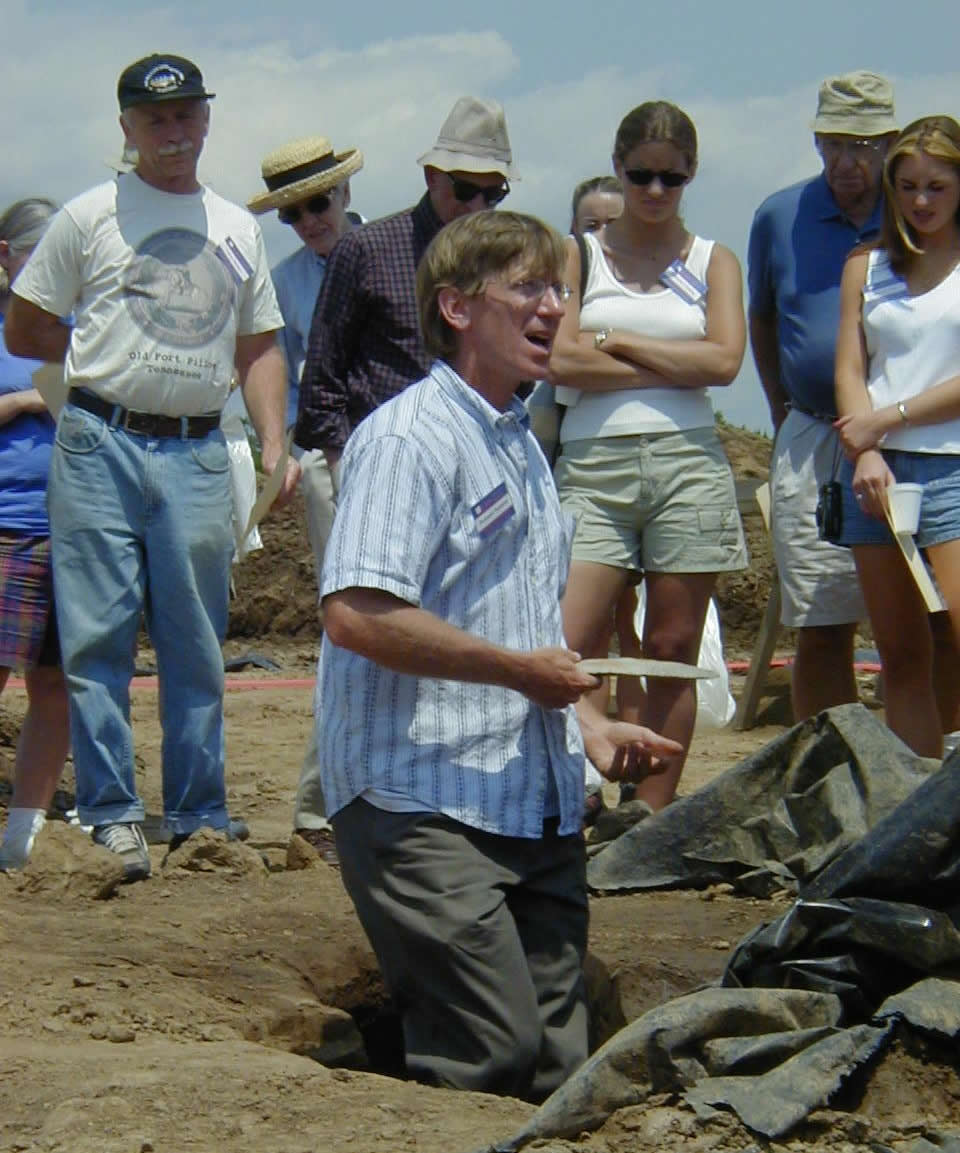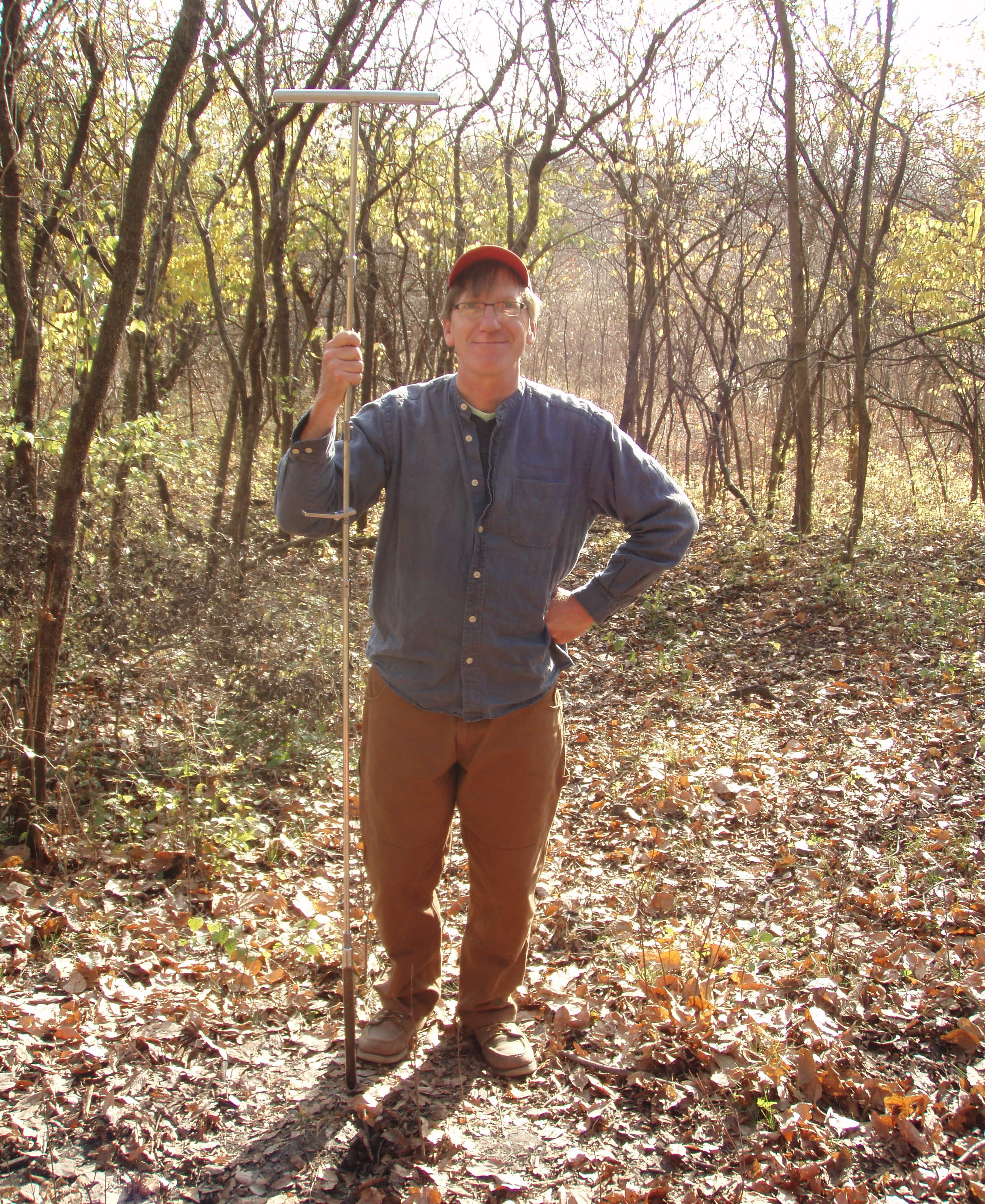Investigators Timothy R. Pauketat

TIMOTHY R. PAUKETAT
PROFESSOR OF ANTHROPOLOGY AND MEDIEVAL STUDIES
Among the most enduring yet pressing social-scientific and humanistic concerns of great significance to the contemporary world is the relationship between belief and history. Why do people believe what they do? My archaeological research interrogates that ultimate question by focusing on proximate how questions. How are religion, ontology, urbanism, materiality, affects, and power in the past related? Or how are space, matter, and time entangled and to what effect? I seek answers to such questions in the beginnings of urbanism, city life, and organized religion, specifically in North America through fieldwork in the pre-Columbian Mississippi valley. My approach has always been one that blends social theory with thick historical descriptions rich with the things, houses, foods, stimulants and the varied experiences of everyday agrarian life. 
In 2008, I began to write my most recent theory book, An Archaeology of the Cosmos (Routledge, 2013), a significant departure for me both theoretically and methodologically. That book defines my current thinking on questions of agency, religion, and history. There, I began to build my own version of a “relational approach” in archaeology (drawing from Bruno Latour, Gilles Deleuze and others) by developing what can be labeled a theory of “bundling” (see also a co-edited volume, Big Histories, Human Lives, SAR Press, 2013). The result is both a less-anthropocentric approach to religious movements and a less landscape-tethered approach to social experience, where agency is a consequence of the convergences of phenomena and beings in social fields that stretch into the sky. This is the rapprochement of agency-based approaches, which tend to focus on short-term microhistories, with the traditional long-term changes covered by archaeologists. This book was the basis for my current field research as well, which targets the beginnings of organized religion at the Emerald Acropolis and other early Cahokian shrine complexes (see list grants below). All of this was also a necessary precursor to my current book project (tentatively retitled Dragons and Affects in the Ancient City) that I am writing on a 2015-2016 NEH fellowship.

2015-16 NEH Fellowship (for Spirits, Birds, and Luminous Beings: Ancient Urbanism and Human Nature).
2014-17 National Endowment for the Humanities grant (RZ-517699-14), “Cahokia’s Richland Farmers: Agricultural Expansion, Immigration, Ritual, and the Foundations of Mississippian Civilization
2014-17 John Templeton Foundation grant 51485, “The Foundations of Ancient American Indian Religion and Civilization at Cahokia’s Emerald Acropolis"
2012-14 Religion and Innovation in Human Affairs program, The Historical Society, Boston (funded by the John Templeton Foundation, S. Alt and T. Pauketat, Co-PIs), “Cahokian Religion, the Emerald Pilgrimage Center, and Cultural Innovation”
2012 Visiting Scholar, Amerind Foundation, Dragoon, AZ, Oct-Nov.
2009-12 National Science Foundation Grant BCS-0924138, “Mississippianization, Religious Conversion and Identity Formation in Pre-Columbian Wisconsin”
2008-09 Weatherhead Fellow, School for Advanced Research, Santa Fe, NM.
2007 Choice Outstanding Academic Title (for Chiefdoms and Other Archaeological Delusions)